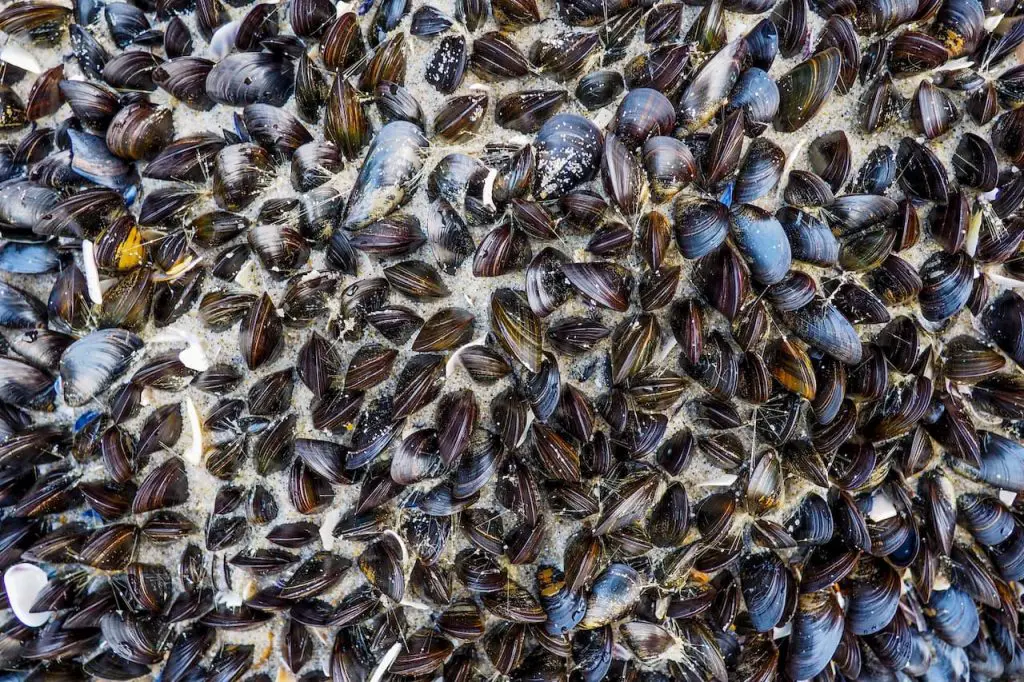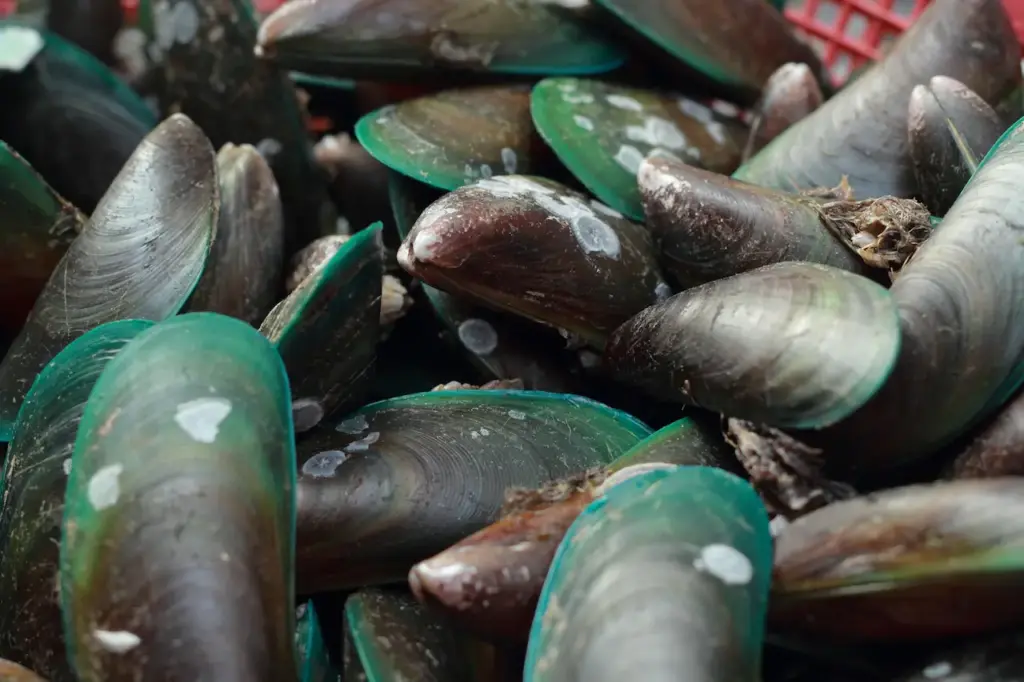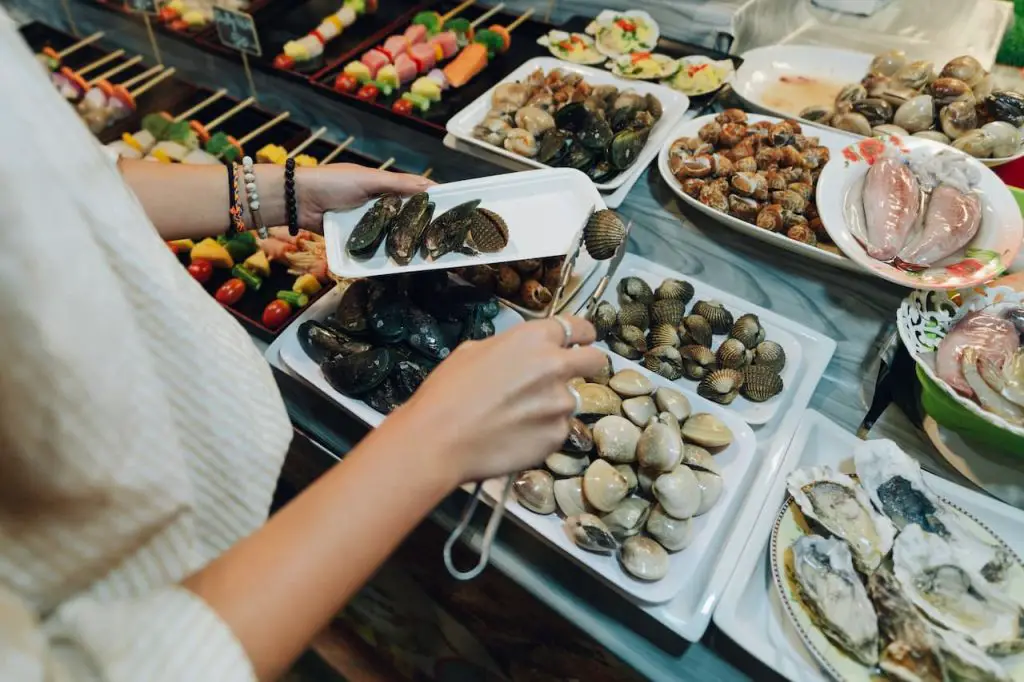What Eats Shellfish?
Categories
- Accipitridae (1)
- Acrididae (1)
- Algae (2)
- Alligatoridae (1)
- Amoebidae (1)
- Amphibians (3)
- Anatidae (1)
- Anguillidae (1)
- Arachnids (2)
- Bears (2)
- Big Cats (3)
- Birds (13)
- Bovidae (5)
- Bufonidae (1)
- Camelids (1)
- Cameras (1)
- Canines (13)
- Caridea (1)
- Carnivora (10)
- Castoridae (1)
- Cats (5)
- Cebidae (1)
- Cephalopod (1)
- Cervidae (2)
- Cetacean (1)
- Chondrichthyes (1)
- Crocodilia (2)
- Crustaceans (4)
- Culicidae (1)
- Cyaneidae (1)
- Dasypodidae (1)
- Dasyurids (1)
- Deer (1)
- Delphinidae (1)
- Desktop (1)
- Didelphidae (1)
- Dinosaurs (1)
- Dogs (13)
- Dolphins (2)
- Echinoderms (1)
- Education (10)
- Elephantidae (1)
- Equine (1)
- Erethizontidae (1)
- Erinaceidae (1)
- Farming (1)
- Felidae (5)
- Fish (5)
- Food Chain (31)
- Food Web (2)
- Formicidae (1)
- Frugivore (1)
- Gaming (1)
- Gastropods (1)
- Giraffids (1)
- Great Apes (2)
- Health Conditions (3)
- Herbivore (4)
- Hi-Fi (1)
- Hippopotamidae (1)
- Hominidae (1)
- Insects (10)
- Invertebrates (2)
- Keyboards (1)
- Laptops (1)
- Leporidae (1)
- Mammals (23)
- Marsupials (4)
- Mephitidae (1)
- Microchiroptera (1)
- Mollusks (2)
- Mongoose (1)
- Muridae (1)
- Nocturnal Animals (1)
- Odobenidae (1)
- Omnivore (2)
- Phasianidae (1)
- Phocidae (1)
- Plankton (1)
- Plants (2)
- Primate (1)
- Ranidae (1)
- Reptiles (7)
- Rhinocerotidae (1)
- Rodents (5)
- Salamandridae (1)
- Scarabaeidae (1)
- Sciuridae (2)
- Sharks (1)
- Shellfish (1)
- Sound (1)
- Spheniscidae (1)
- Suidae (1)
- Superfamily Papilionoidea (1)
- Theraphosidae (1)
- What Eats (5)
Shellfish are a ubiquitous sight along coastlines and aquatic habitats worldwide. But what sustains these animals? As a diverse group encompassing molluscs like clams and crustaceans like shrimp, shellfish employ a variety of feeding strategies, from filter feeding to hunting live prey.
Their position as filter feeders and scavengers makes them an integral part of marine and freshwater ecosystems.
Shellfish also constitute an important food source for many predatory fish, seabirds, marine mammals, and humans. In this article, we will explore what shellfish consume as well as what species prey upon shellfish.
Table of Contents
Toggle
What Eats Shellfish What Do Shellfish Eat
What Eats Shellfish?
Shellfish are eaten by a wide variety of marine animals, birds, and humans. We humans do love shellfish and we consume it at a huge rate. Growing and catching it as fast as we consume it is a problem! As filter feeders and scavengers, shellfish are an important part of marine and coastal food webs. The main predators of shellfish include:
Fish Eat Shellfish
Many species of fish eat shellfish as part of their diet. Some common predatory fish that consume shellfish include:
Sharks
Some shark species, like angel sharks, nurse sharks, and zebra sharks, crush and eat shellfish like clams, oysters, and mussels. Their strong jaws allow them to crack open the hard shells.
Rays
Stingrays like the cownose ray use their flattened teeth to crush the shells of molluscs and crustaceans. Other rays, like guitarfish, feed on shellfish like crabs, shrimp, and scallops.
Groupers
Groupers are large predatory fish that feed on a variety of shellfish, including lobsters, crabs, and molluscs like snails and whelks. Their large mouth and powerful jaws let them easily crack shells.
Eels
Moray eels use their sharp teeth to pry open and eat shelled animals like mussels, clams, oysters, and crabs. Some tropical reef eels, like the snowflake eel specialize in eating mollusks.
Pufferfish
Many pufferfish species feed on shellfish, especially molluscs like clams and mussels, which they crush with their beak-like jaws. Some even use shells to trap prey.
Drum Fish
Fish like freshwater drums use pharyngeal teeth located in their throats to crush molluscs and crustaceans. Saltwater drums eat crabs, shrimp, molluscs, and other shelled creatures.
Marine Mammals
Sea Otters
Sea otters are famous for preying on shellfish like abalone, clams, mussels, and crabs along the seafloor. They use rocks to crack open shells and access the meat inside.
Walruses
Walruses feed on molluscs like clams, which they suction from the ocean floor and crush between their jaws. Their whiskers can detect shells buried under the sediment.
Small Cetaceans
Toothed whales like dolphins and porpoises sometimes feed on fish like herring and cod that, in turn, prey on shellfish and pass on some of those nutrients.
Seabirds
Many seabird species prey on shellfish, especially those with powerful, hooked beaks made for catching fish. Examples include:
Seagulls
Seagulls use their beaks to pick up shellfish like mussels and then fly up and drop them onto hard surfaces to crack them open and access the meat.
Oystercatchers

Fresh Shellfish What Eats Shellfish?
As their name suggests, oystercatchers pry open and eat molluscs like oysters and mussels. The blackish oil sometimes seen on their chests comes from crushing shellfish.
Puffins
Puffins and auklets beat shellfish like crabs against rocks to open them. They nest in cliffside colonies ideal for collecting shellfish from the sea.
Pelicans
Brown pelicans, in particular, plunge-dive for fish and will eat crustaceans and molluscs in shallow water as well.
Cormorants
Like pelicans, cormorants pursuit-dive for fish but will also eat crustaceans and molluscs. Some even hunt octopuses.
Humans
People have long harvested shellfish like clams, mussels, oysters, scallops, shrimp, and crabs as a food source. Ancient coastal peoples like the Native Americans on the Pacific Northwest Coast relied heavily on shellfish. Today, shellfish are still commercially fished for food.
Humans have greatly reduced shellfish populations through overfishing. Some conservation efforts like fishing limits, aquaculture, and restored reef habitats help recover shellfish numbers.
What Do Shellfish Eat?
Shellfish encompass crustaceans like shrimp, lobsters, and crabs, as well as molluscs like clams, oysters, scallops, and snails.
As a diverse group, shellfish employ a wide array of feeding strategies tailored to their habitats and anatomy. But most are filter feeders, detritivores, or scavengers.
Filter Feeding Crustaceans and Mollusks
Many shellfish feed by filtering tiny food particles out of the water column. Their gills or other anatomical structures trap phytoplankton, algae, bacteria, zooplankton, and detritus suspended in the water. Examples include:
Clams, Oysters, Mussels and Scallops
These bivalves pump water through their gills, filtering out plankton and organic particles. Specialized cilia then transport the trapped food to the mouth.
Barnacles
Using feather-like legs called cirri, barnacles rhythmically sweep food like plankton into their mouths. They secure themselves headfirst against hard underwater surfaces.
Krill
Abundant krill filter feeds on phytoplankton. They form huge swarms and are a vital food source for baleen whales and other marine life. Some species are bioluminescent.
Mysid Shrimp
Also known as opossum shrimp, these small crustaceans are widespread filter feeders in freshwater and marine habitats, feeding on algae and zooplankton.
Tunicates
These sack-like marine invertebrates pump water through their bodies to filter out food particles. Examples are sea squirts and salps living on the seafloor or drifting through the water column.
Detritivorous and Scavenger Crustaceans
Other shellfish get their nutrition from feeding on dead organic material that settles on the seafloor. Their feeding supports decomposition and the recycling of nutrients back into the ecosystem. Species include:
Lobsters
Lobsters are opportunistic scavengers, feeding on live prey or dead plant/animal material. Their diet includes molluscs, worms, starfish, crabs, sea urchins, and algae.
Horseshoe Crabs
Horseshoe crabs plough through sandy and muddy seafloor sediment, consuming worms, molluscs, and crustaceans. They help recycle and aerate sediments.
Copepods
These tiny marine and freshwater crustaceans are decomposers and detritivores, feeding things like algae, bacteria, protozoans, fecal matter, and carrion. They recycle nutrients in the water.
Isopods
Isopods are small scavenging crustaceans like pill bugs, sow bugs, and water lice. Marine species feed on detritus and decaying matter, helping recycle nutrients back into the ecosystem.
Amphipods
Amphipods like beach hoppers and scuds browse sediments and detritus for microorganisms, algae, plant material, and carrion. Both freshwater and marine species contribute to decomposition.
Predatory Crustaceans
Some crustaceans actively hunt smaller shellfish, fish, and invertebrates as prey. Common examples include:
Crabs
Crabs are opportunistic predators feeding on molluscs, worms, starfish, small fish, plant matter, and carrion. Their strong pincers allow them to capture and break apart prey.
Shrimp
Though some shrimp filter feed, many species are predatory and hunt smaller invertebrates like worms, molluscs, and crustaceans. Cleaner shrimp pick parasites off of fish.
Crayfish
As omnivores, crayfish eat plants and prey like worms, insects, snails, and small fish. Their front pincers grasp food to their mouth.

Person Getting A Shellfish What Eats Shellfish
Krill
While most krill filter feed, some larger species like Euphausia superba hunt copepods, fish larvae, and other small zooplankton.
Mantis Shrimp
These tropical shrimp strike and spear prey with raptor-like front appendages. They primarily hunt fish, crustaceans, and molluscs.
Conclusion
Shellfish fill diverse ecological roles, especially as filter feeders that recycle nutrients through the water column and sediments.
While shellfish feed on plankton, detritus, and microorganisms, they in turn serve as prey for larger marine and freshwater organisms. Their consumption helps support food webs vital to ocean and lake habitats.
However, overfishing and habitat loss threaten many shellfish populations. Conservation efforts focused on sustainable fishing practices, pollution control, and ecosystem restoration can help maintain shellfish biodiversity and aquatic health for generations to come.
